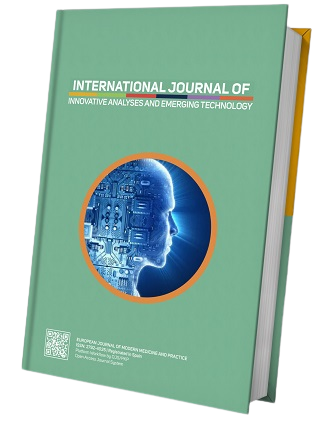Torrent Poisoning: Antipiracy and Anonymity
Keywords:
Piracy, PoisoningAbstract
A P2P network architecture based on Bit Torrent is one of the most popular protocols today, which has been used as a popular method of copyright infringement by pirates and as a method of file transfer that works with almost any data type and format.
An evaluation of the tools and techniques utilized by law enforcement agencies and practitioners to support antipiracy and security is performed. There are a number of legal complexities to consider when dealing with torrent systems that have been attacked many times and used to secure antipiracy, but there are also certain geographic differences that come into play on which country they belong to and how they're handled. However, there are also new ways to remain anonymous even with the source and destination pair information. A new set of terms have been discovered to aid in coming up with good solutions to these problems, and they can be used legally as well as illegally.







